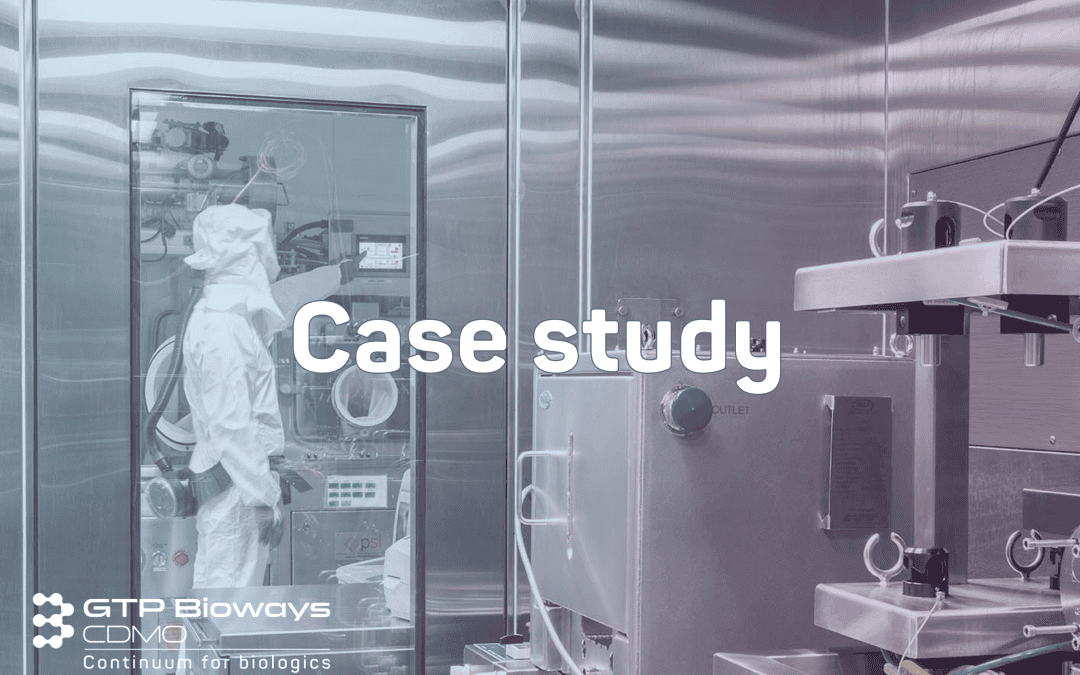Case study: Purification of an ADC to remove the residual free drug
Among bioconjugates, antibody-drug conjugates (ADCs) represent a promising therapeutic approach in cancer treatment, offering targeted therapy while minimizing harm to healthy cells. However, the complex nature of ADCs presents significant challenges in their development and manufacturing process. One such challenge arises during the purification stage, where residual free drug must be effectively removed to ensure safety and efficacy.
Our downstream process team encountered a hurdle in purifying an ADC we have produced after the drug was coupled to the monoclonal antibody (mAb). The presence of unreacted free drug posed a significant risk, given its cytotoxic nature. Standard purification procedures proved insufficient for removing the residual free drug, necessitating innovative approaches.
The challenge: Two directions were followed to reduce the residual free drug level: optimization of the coupling procedure, and development of a specific TFF step
The integration of these two approaches gave interesting results. Residual free drug levels were reduced to a remarkable extent, surpassing customer specifications by threefold. This achievement not only ensured the safety and efficacy of the ADC but also facilitated the timely initiation of pre-clinical and clinical studies. Read the full case study about ADC purification and discover how GTP Bioways’ teams handled the challenge.




